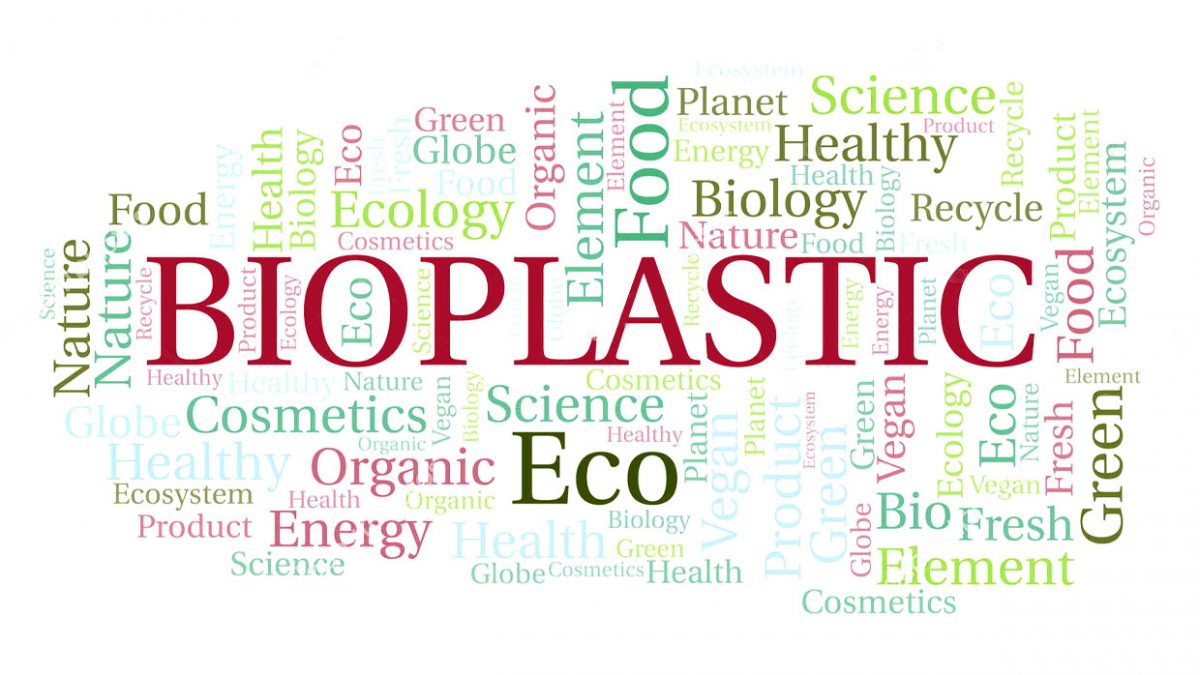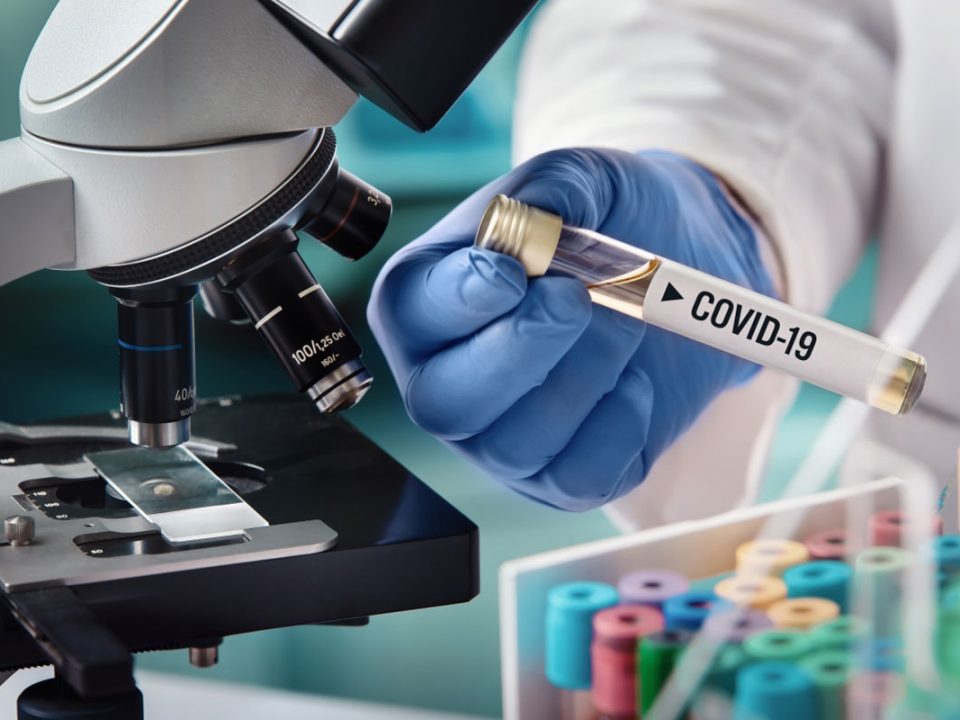Can bioplastics make the chemicals industry greener?

How the corona-virus blow is affecting chemicals companies?
September 8, 2020Can bioplastics make the chemicals industry greener?
Versatile and affordable, plastic was once the ultimate ‘wonder material’. Now its use is under fierce scrutiny and the plastics industry is searching for ways to cut its environmental footprint. From refiners to consumer-facing brands, the industry is putting both intellectual energy and investment into the search for sustainable solutions. Could biodegradable bioplastics be one such solution?
What are the green credentials of bioplastics?
Public concern has risen sharply over the millions of tonnes of plastic waste produced each year. The plastics industry must keep pace with this shift in sentiment and take proactive steps to limit the environmental impact of our collective materials use. It’s not going to happen overnight – it calls for a materials transition, with the global ambition of the energy transition.
Bioplastics – such as polylactic acid (PLA), starch polymers or blends, polyhydroxyalkanoates (PHA) and polybutylene succinate (PBS) – are one possible piece of the materials transition puzzle. These polymers are biodegradable and come from biomass, not fossil fuels. As such, they’re a renewable resource with a substantially lower lifetime carbon footprint, and their use provides another route to cutting levels of plastic in the waste stream.
What’s putting the brakes on a bigger role for bioplastics?
There are several challenges. Individually, they’re not insurmountable, but together they have so far put the brakes on bioplastics achieving significant market share.
1-Cost is a significant hurdle. Manufacturing bioplastics is often much more expensive than traditional polymers. Until bioplastics can consistently compete on price, they’re unlikely to displace commodity thermoplastics in most applications.
2-There are wider sustainability costs to contend with. Manufacturers would have the challenge of limiting the agricultural impact of production, such as increased water use, reductions in biodiversity and fertilizer leaching into water systems. 3-Given current scales, bioplastics are – arguably – a distraction. Building market share could mean diverting resources and efforts away from other sustainability measures, such as collecting and recycling plastic packaging.Can bioplastics play a meaningful role in improving the sustainability of the chemicals industry?
Based on the fundamentals of their environmental footprint compared to that of virgin fossil fuel-derived plastics, the short answer is yes. At scale, bioplastics could significantly reduce the carbon emissions of the chemicals industry.
However, based on their current growth trajectories, bioplastics will find a market in niche applications – PLA in 3D printing and food service applications and starch polymers in disposable/compostable bags and liners, for instance. But they aren’t yet on a course to build the critical mass needed to challenge the commodity polymers.




